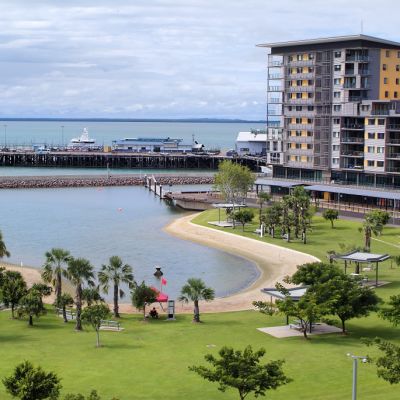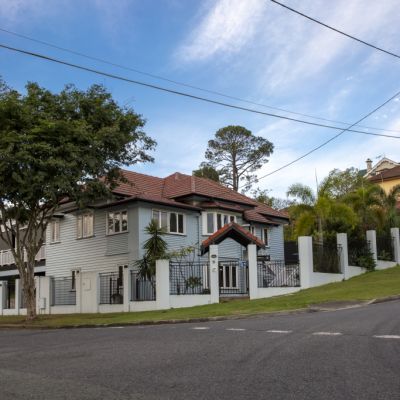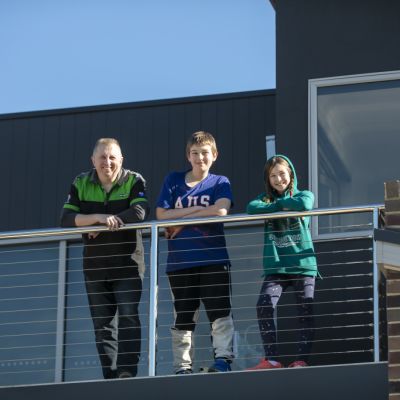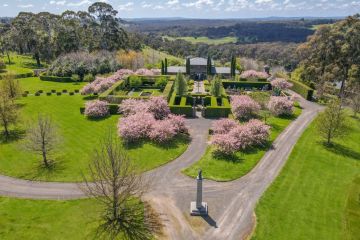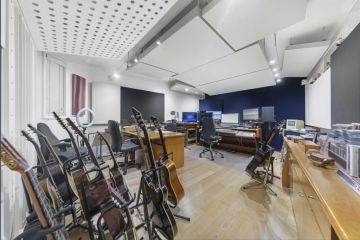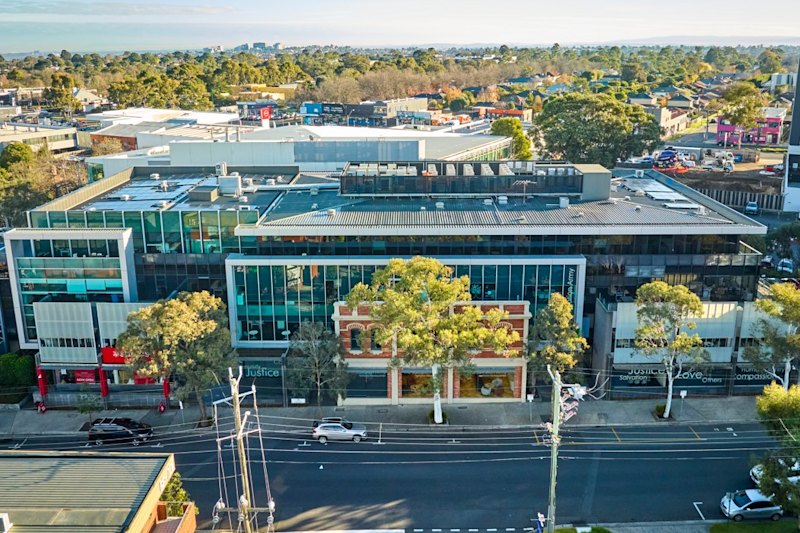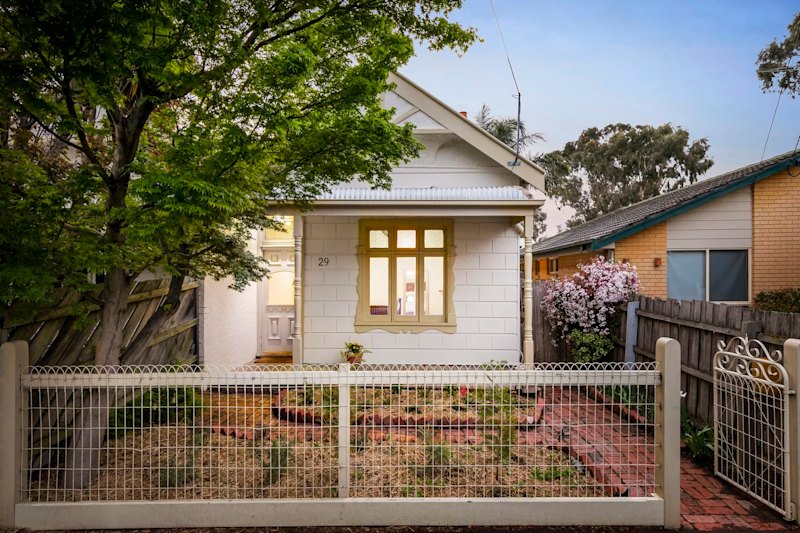Cost of renting soars across regional Australia – by up to almost 50% in some areas
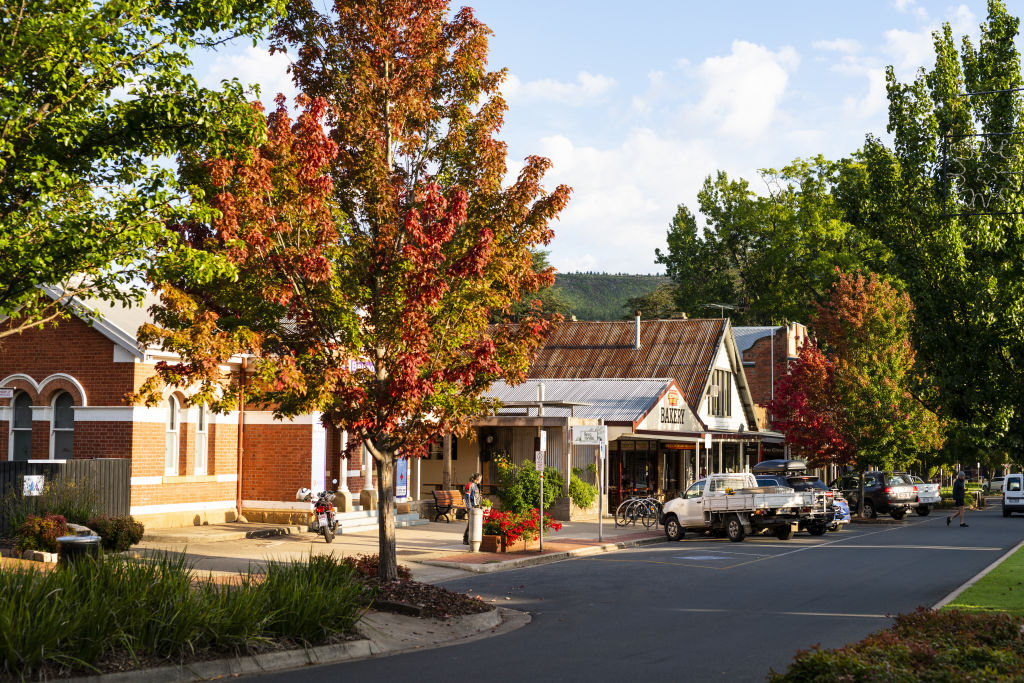
Rents in some of Australia’s most scenic playgrounds have risen sharply for the second quarter running – in one area by over a third – with two of the nation’s favourite ski destinations now among the biggest movers.
While resources hubs experienced big jumps in rents too, of up to nearly a half, as the minerals boom continues unabated, they were rivalled by more picturesque regional escapes, the latest Domain Rent Report for the June quarter shows.
South Australia’s beautiful Victor Harbor, south of Adelaide on the Fleurieu Peninsula, again notched up a hefty rise in rents for houses, this time of 33.8 per cent compared to June 2020, second only to Western Australia’s iron ore shipping site Port Hedland’s increase of 48.9 per cent.
“We’re finding that these kinds of lifestyle regions are proving very popular as a result of COVID-19,” said Domain chief of research and economics Nicola Powell. “People are moving away from the capital cities and looking for scenic areas that offer a lot of amenity and where they can usually work from home too.”
But joining the areas of fastest-rising rents in Australia for the first time are two snow regions – the Snowy Monaro in NSW, where rents rose 28.6 per cent over the year, pushing the five-year change up to an astonishing 73.1 per cent, and the Alpine region in Victoria, where rents have risen 21.4 per cent over 2020, and 51.8 per cent since 2016.
“The snow regions do tend to be a seasonal market, but these are very strong rates of rental price growth,” said Dr Powell. “I think they’ve been exaggerated, too, as some people with homes at the snow are no longer renting them out and preferring to keep them for their own stays, which means there’s less supply to satisfy the demand.
“With overseas holidays no longer on the table, they’re using their accommodation all year-round. And with people unable to ski overseas – except for the bubble with New Zealand – there’s so much more demand for accommodation here.”
As a sunshine alternative, Queensland’s Noosa also saw a 33.3 per cent surge in the price of rentals over the year, while Western Australia’s iron ore port of Port Hedland recorded a leap of nearly half as the resources sector continues to power on.
“That’s an incredible increase in rent for Port Hedland,” said Dr Powell. “It’s really a result of increasing iron ore prices and speaks to the resurgence of prices of our resources sector.”
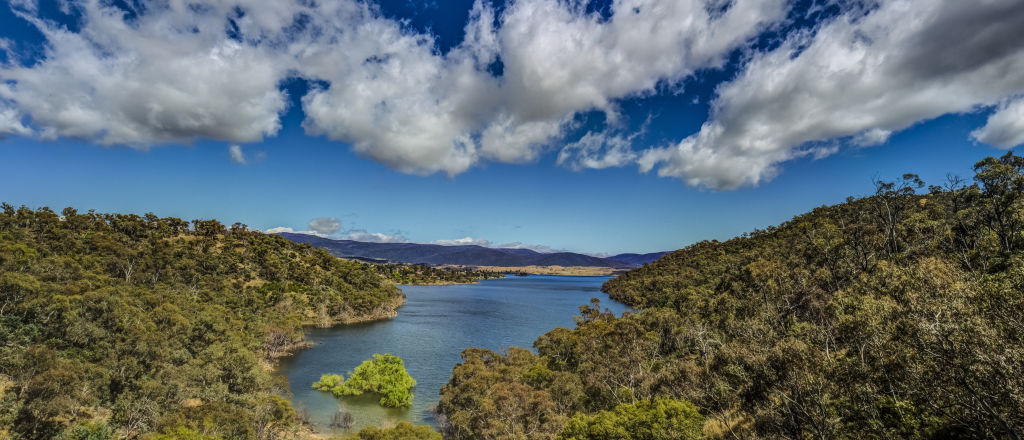
NSW
The Snowy Monaro had the biggest rent hike in NSW, with the median rent now $450 a week, compared to $350 at this time last year. That rise was even steeper than the regular favourite holiday haunts around the Byron Shire.
However, Byron, which had previously seen NSW’s fastest-rising rental prices, was pushed into third place, with a 26.2 per cent increase over the year to a median weekly rent of $880, followed by nearby Ballina with a 19.2 per cent rise to $620. Beating them both was Bellingen on the Mid North Coast, with a 26.8 per cent rise over the year to $520 a week.
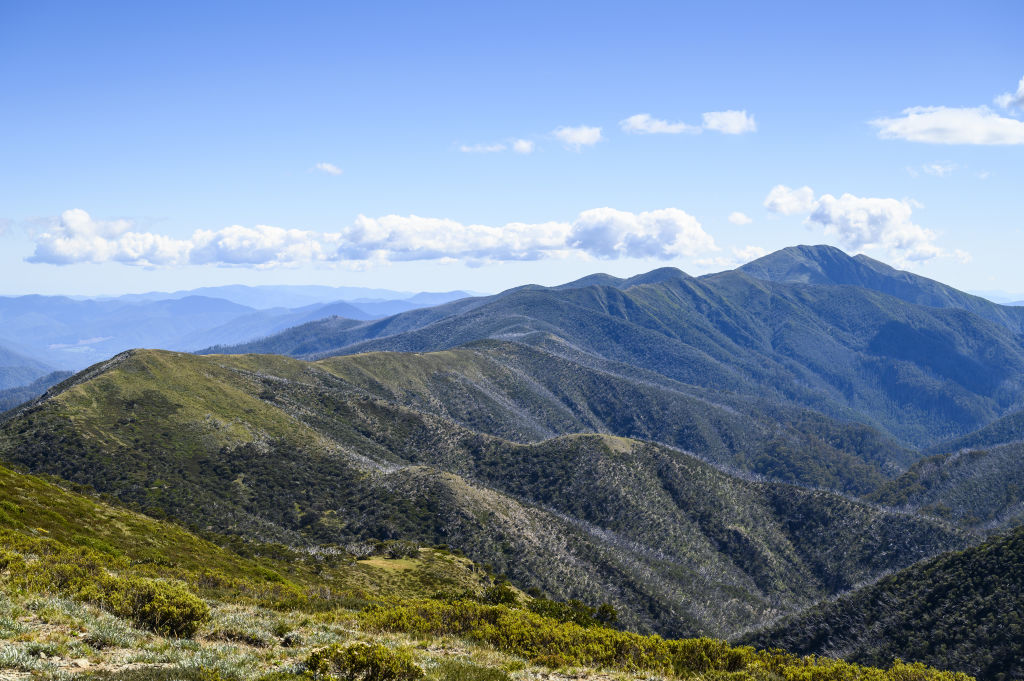
Victoria
Victoria’s Alpine region saw a climb up its slippery slopes to a median rent of $425 a week against $350 a year ago, a rise of 21.4 per cent over the year and 51.8 per cent since 2016.
The resources area of Latrobe, known for its mining of brown coal, also saw a rise in the median rent, this time of 19.7 per cent over the year, while Wangaratta, with its gourmet food and wine, proved popular in the lifestyle stakes, with an 18.8 per cent rise to a median of $380 a week. Meanwhile, the median rent in the favourite holiday spot South Gippsland jumped 18.3 per cent over the past 12 months to $355.
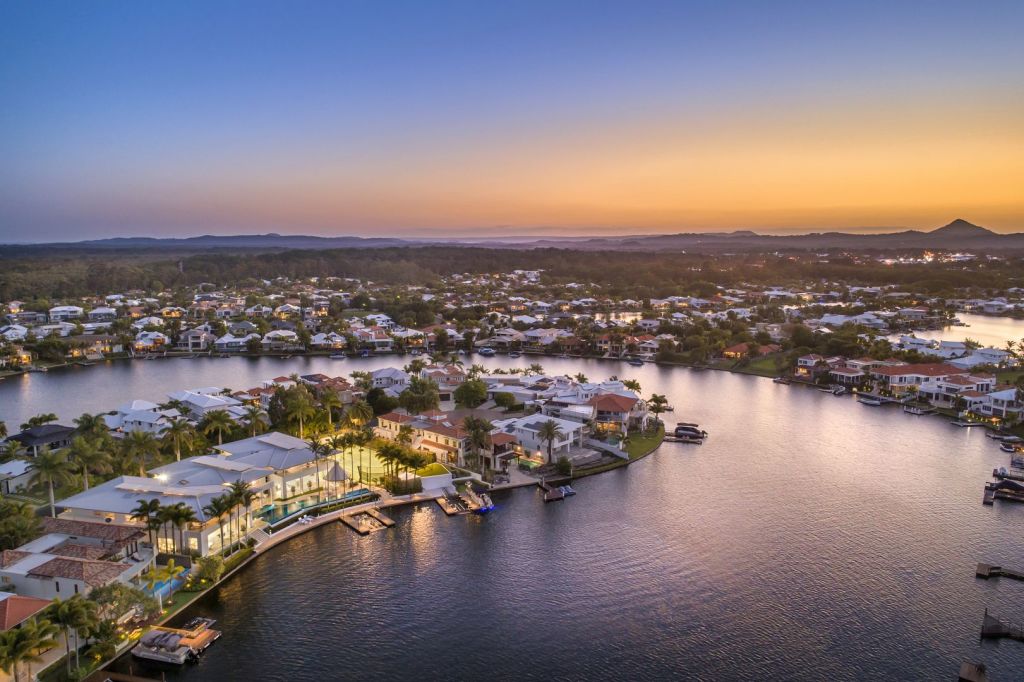
Queensland
Noosa on the Sunshine Coast was the home of the Sunshine State’s fastest rising median rent, jumping 33.3 per cent over the year to $700 a week, giving it a five-year increase of 45.8 per cent.
The other big movers were Livingstone, centred on Yeppoon and Keppel Bay, where the median rent rose 25 per cent to $475, the port city of Gladstone, where it increased 20.7 per cent to $350, and Rockhampton, with an 18.8 per cent rise to $380.

Western Australia
The median rent in Australia’s biggest iron ore port town of Port Hedland jumped by a sharp 48.9 per cent – the highest rise in Australia – to a weekly $600. Meanwhile, in Coolgardie, the birthplace of the country’s Great Gold Rush of 1892, 550 kilometres east of Perth, where gold is once again being mined, rents increased by 31.6 per cent to $250 a week.
The third biggest rent rise of 25 per cent was in Dandaragan in the wheatbelt region, 200 kilometres north of Perth.
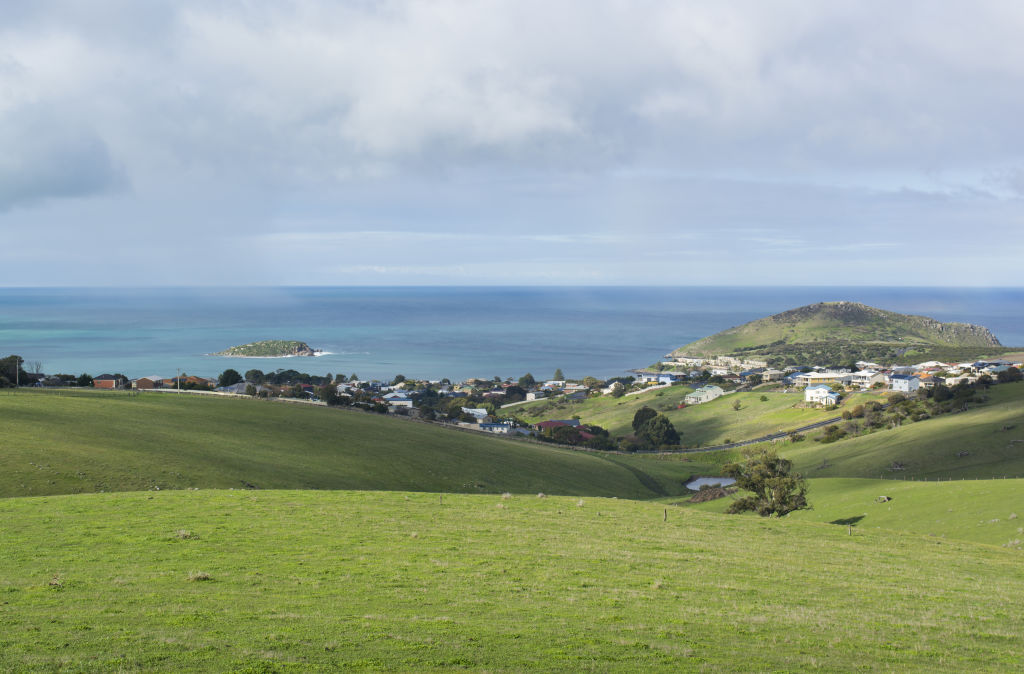
South Australia
Lovely Victor Harbour notched up a stunning 33.8 per cent rise in the median rent, to $475 a week, the country’s second-biggest rise. In the south-east of the state, Mount Gambier saw its rents rise 16.4 per cent to $320 a week.
Roxby Downs, the town purpose-built to service the Olympic Dam Mine Site, producing copper, uranium, gold and silver, had a rise of 15.2 per cent in the median rent to $380 a week.
We recommend
We thought you might like
States
Capital Cities
Capital Cities - Rentals
Popular Areas
Allhomes
More
